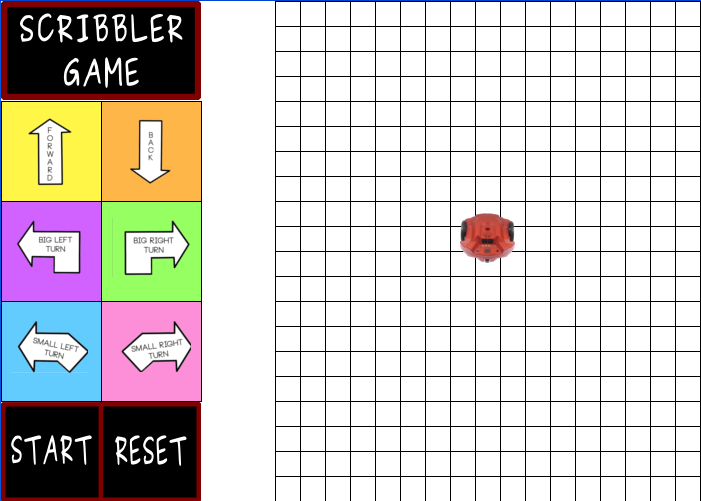
During the outreach event, students are able to queue up a number of their directions before programming it to the robot to make a path or shape, and when implementing the simulation, I wanted to allow the students to do the same.
To program the robot, each student has the ability to program it from one of six pre-programmed directions, Forward, Back, Big Right Turn, Small Right Turn, Big Left Turn, and Small Left Turn. The purpose of this simulation is to serve as an additional assigment for the students to review what was taught during the workshop and give them the oportunity to continue to program the robot even if its just with a simulation.

The student can add a number of different directions which gets displayed on the right side of the canvas like shown below
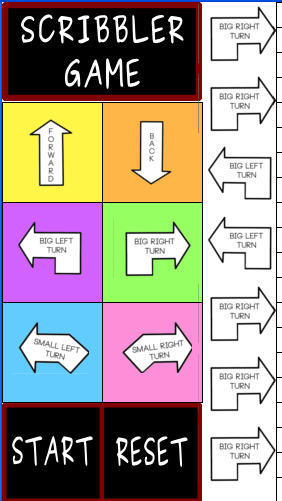
Once the user is ready to test their path, the user can press start and the robot will follow all the directions.
In order to show the user when each individual piece is being drawn, the path is color coordinated depending on
the direction as the picture below illustrates
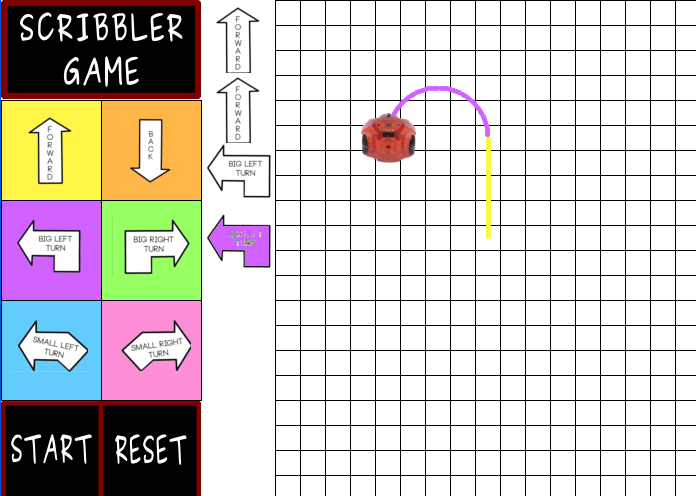
Also, as the robot is drawing its path, the queued list lights up as that section is being drown to show the user how the robot which section is currently drawing and to focus on the idea that only one instruction can be drawn at a time.
 An issue with having the queue is the amount of directions the user can see on the list. My approach on fixing this is by wrappimg around the
direction and only showing seven directions at a time. Once the eight direction is queued, this will be placed on top of the first direction. Once
the start button gets pressed, the first direction will return to the screen filled with it's corresponding color and the eight direction will be
displayed once that path section is done.
An issue with having the queue is the amount of directions the user can see on the list. My approach on fixing this is by wrappimg around the
direction and only showing seven directions at a time. Once the eight direction is queued, this will be placed on top of the first direction. Once
the start button gets pressed, the first direction will return to the screen filled with it's corresponding color and the eight direction will be
displayed once that path section is done.
Seven pieces in queue
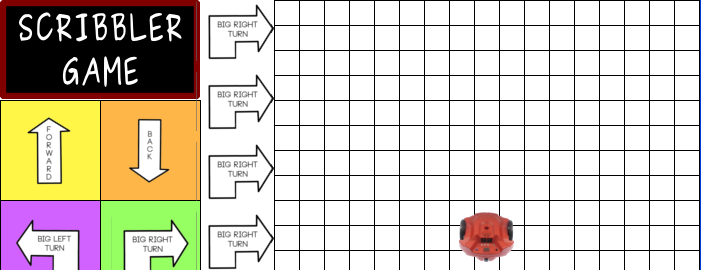
Eight piece added to queue
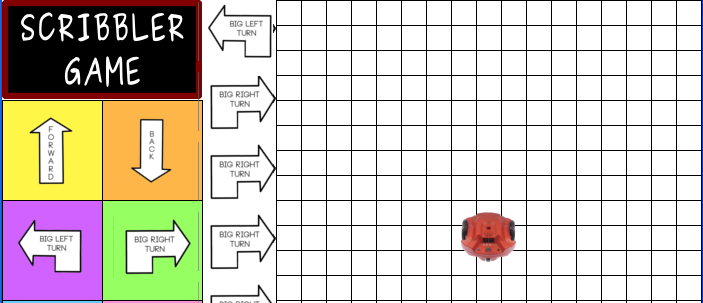
With the combination of the six directions many shapes can be drawn, Here is one exomple
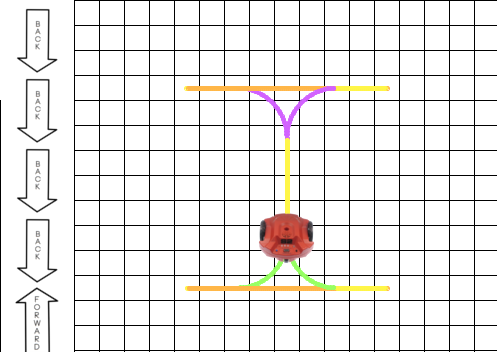
The final product of this simulation will be part of an outreach lesson plan that will either be available to download or accessible online that will have an assigment. The overall goal of the outreach is to spark some interest in robotics and computing by allowing more students access to robotic tools.